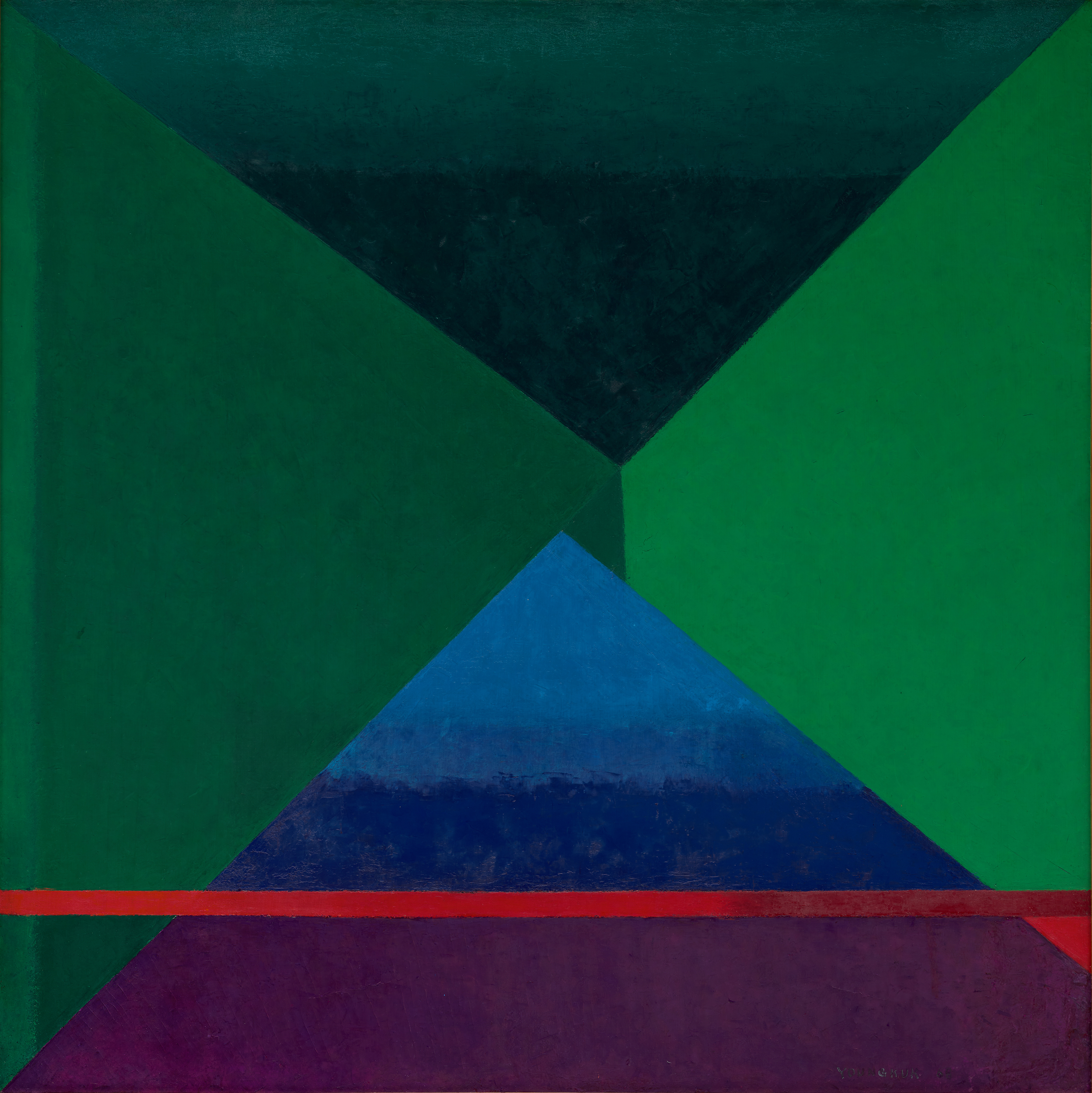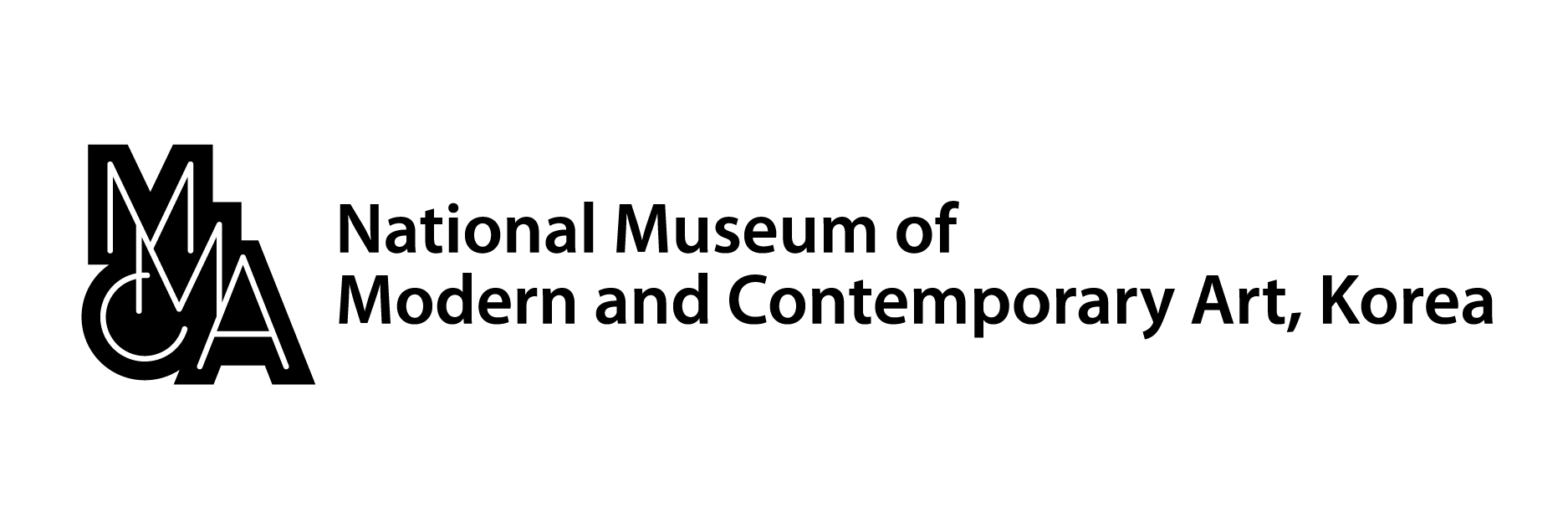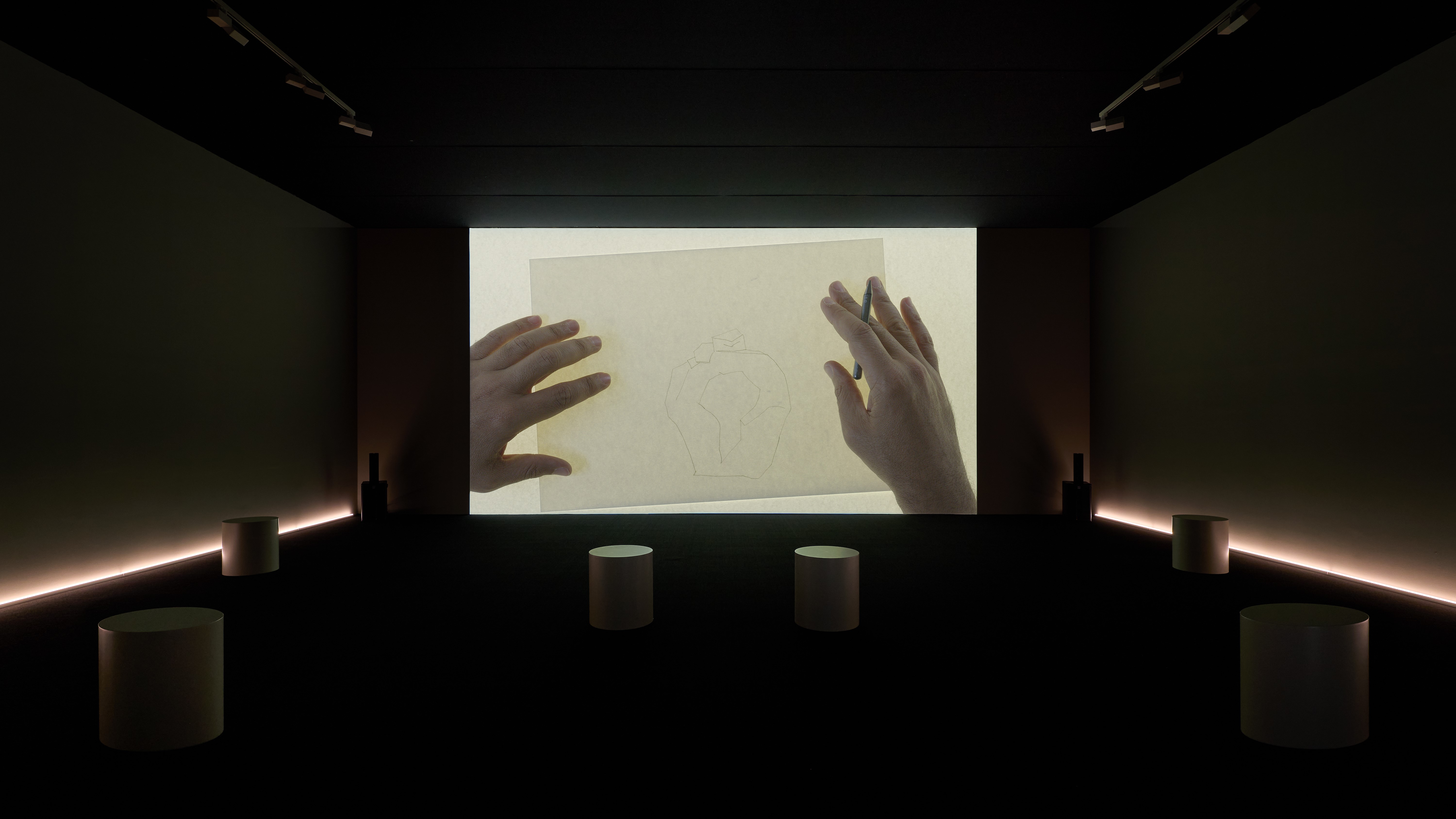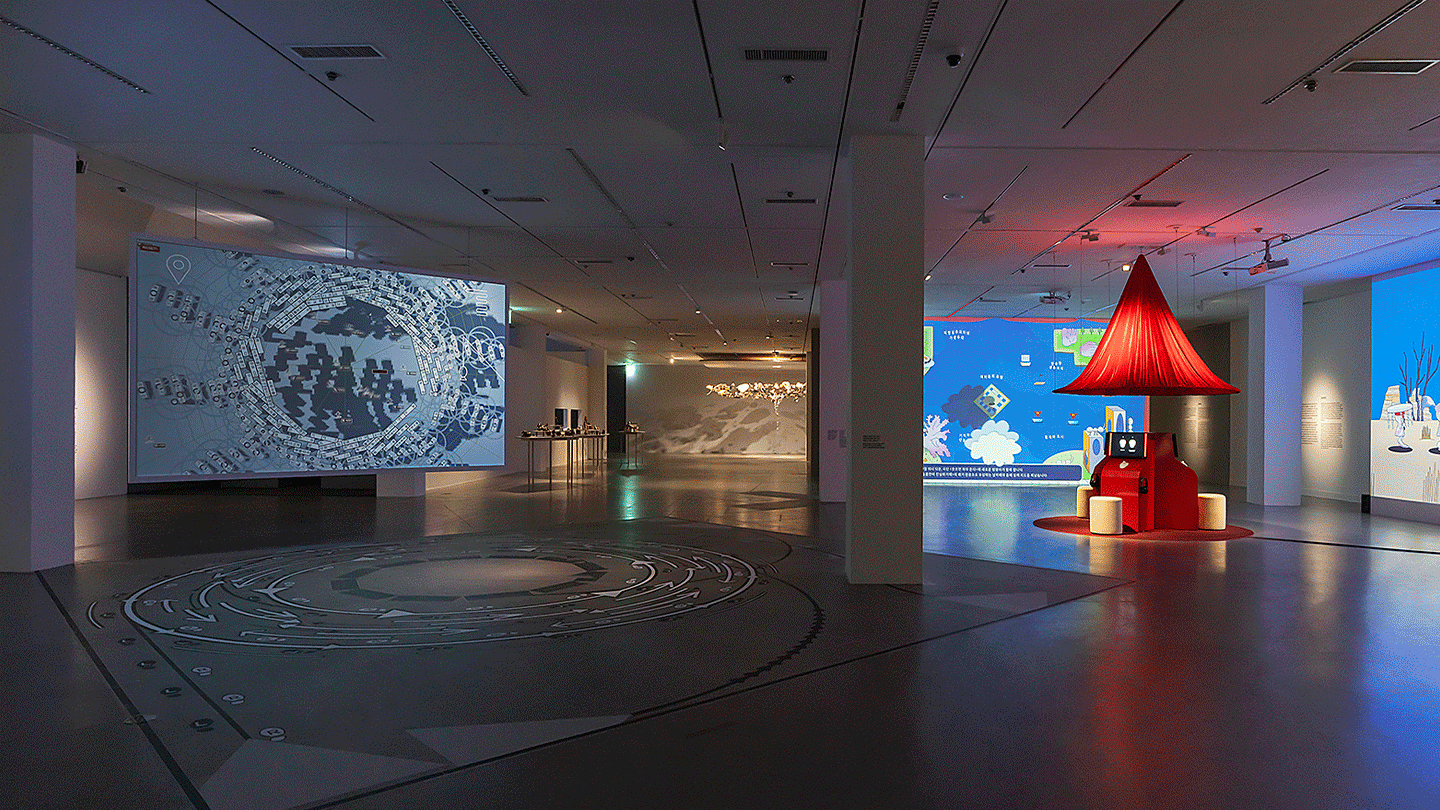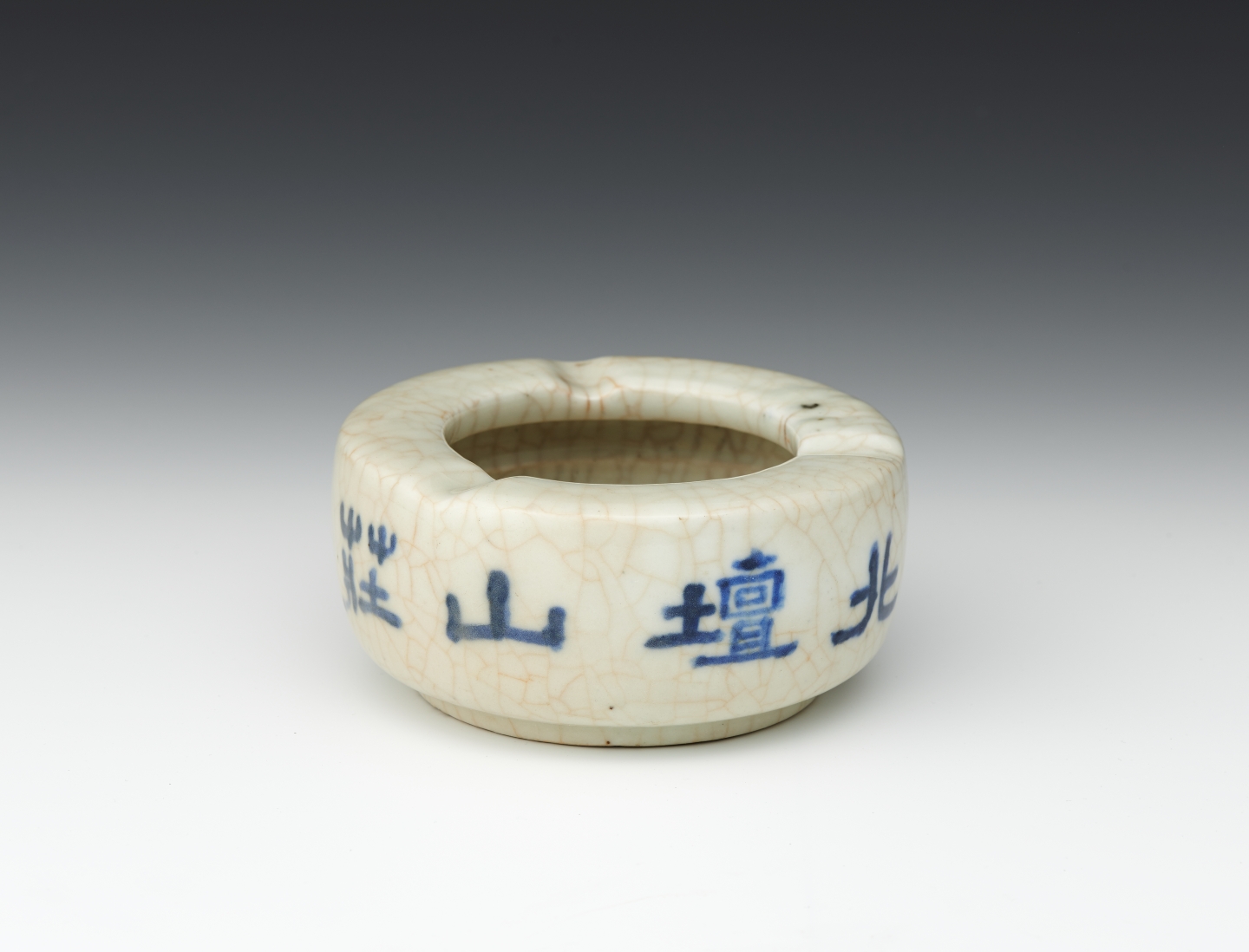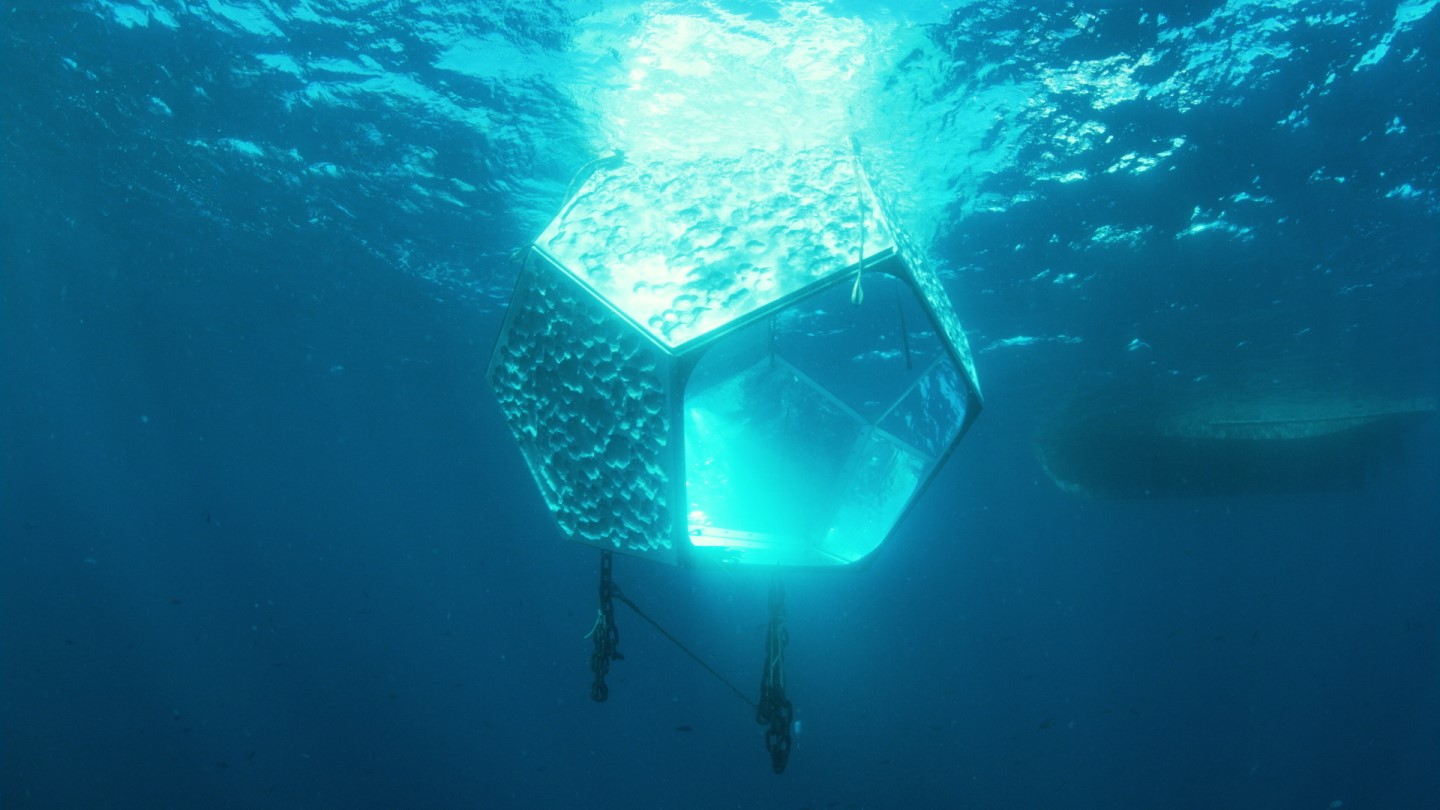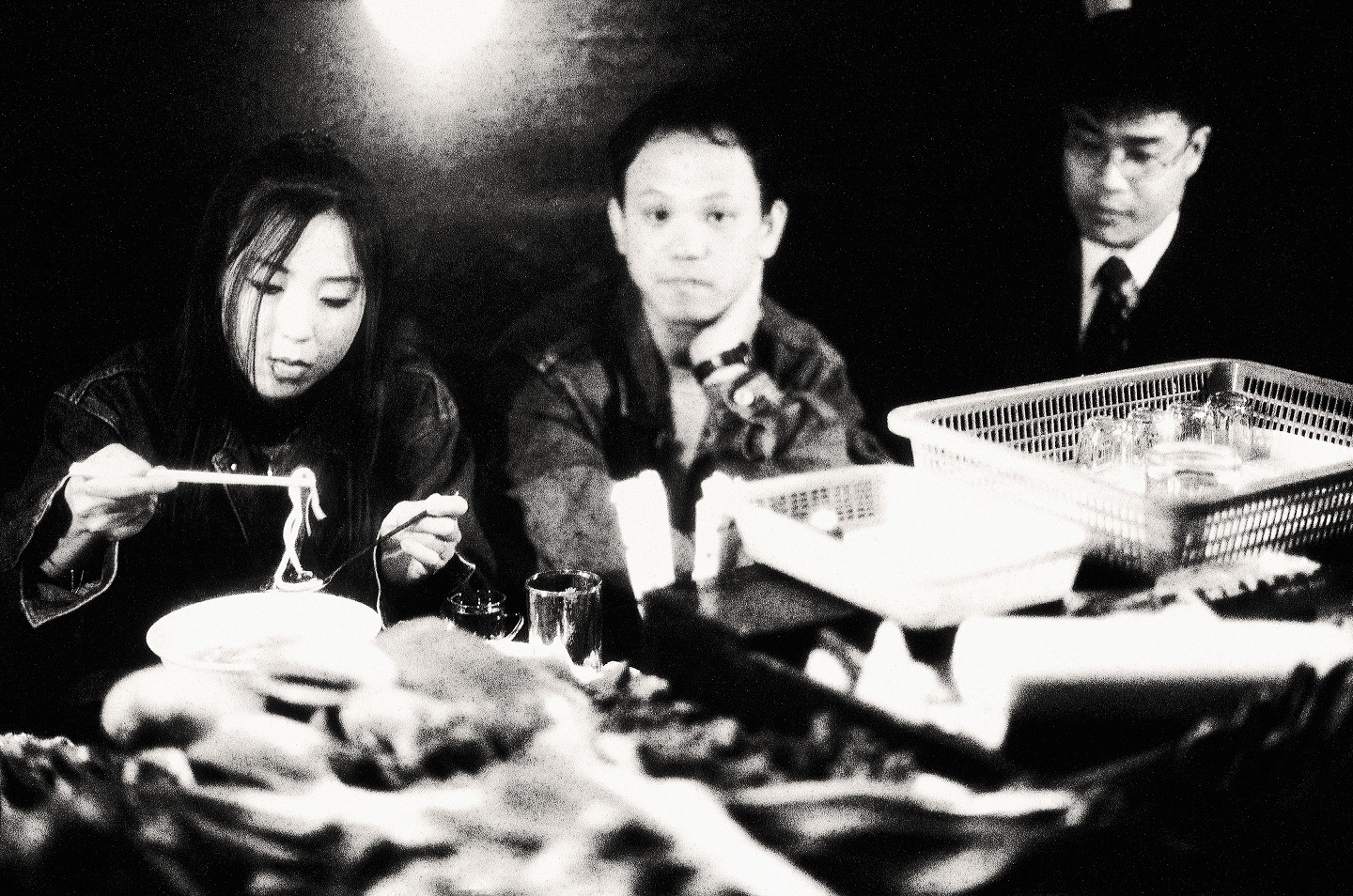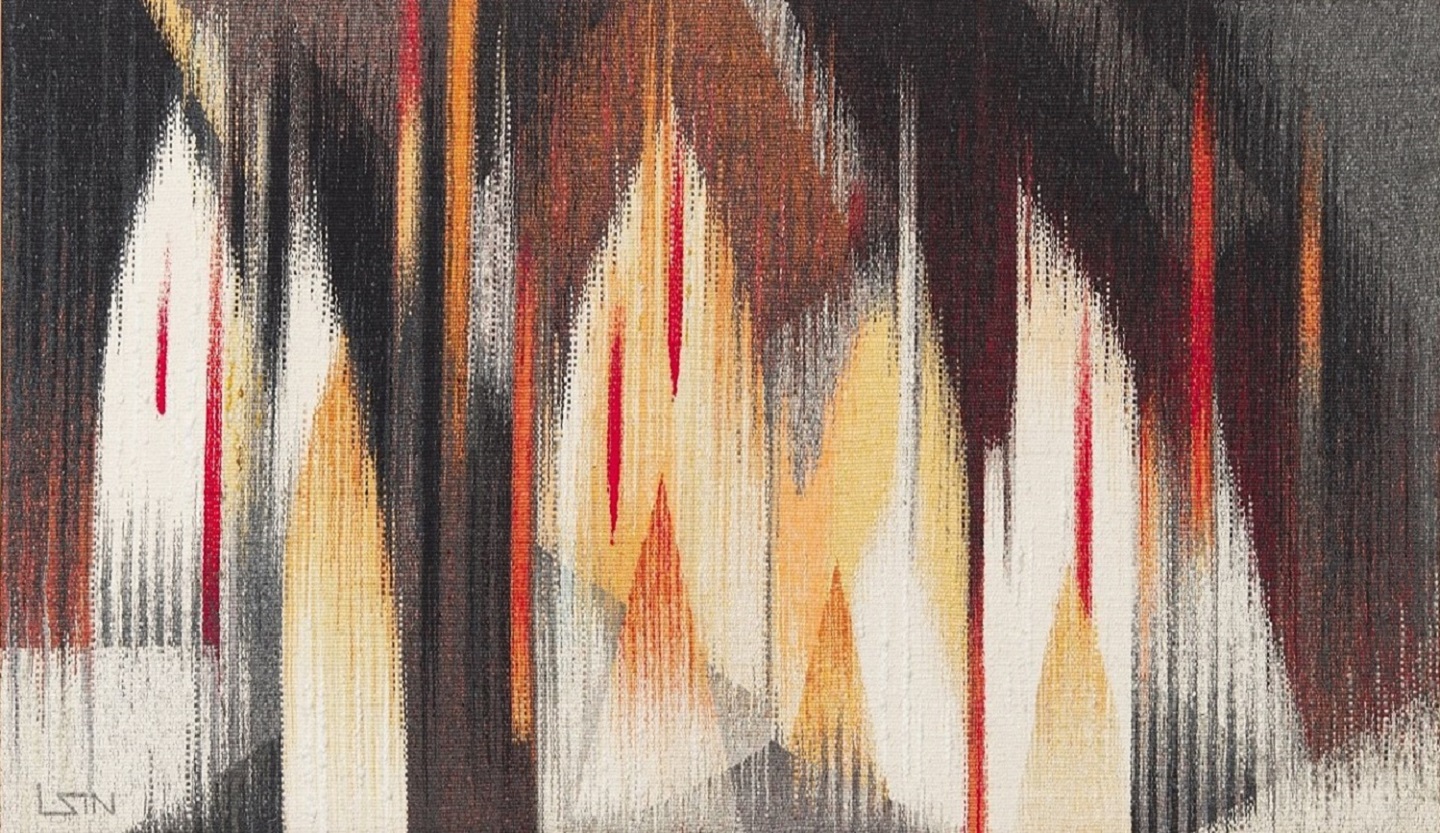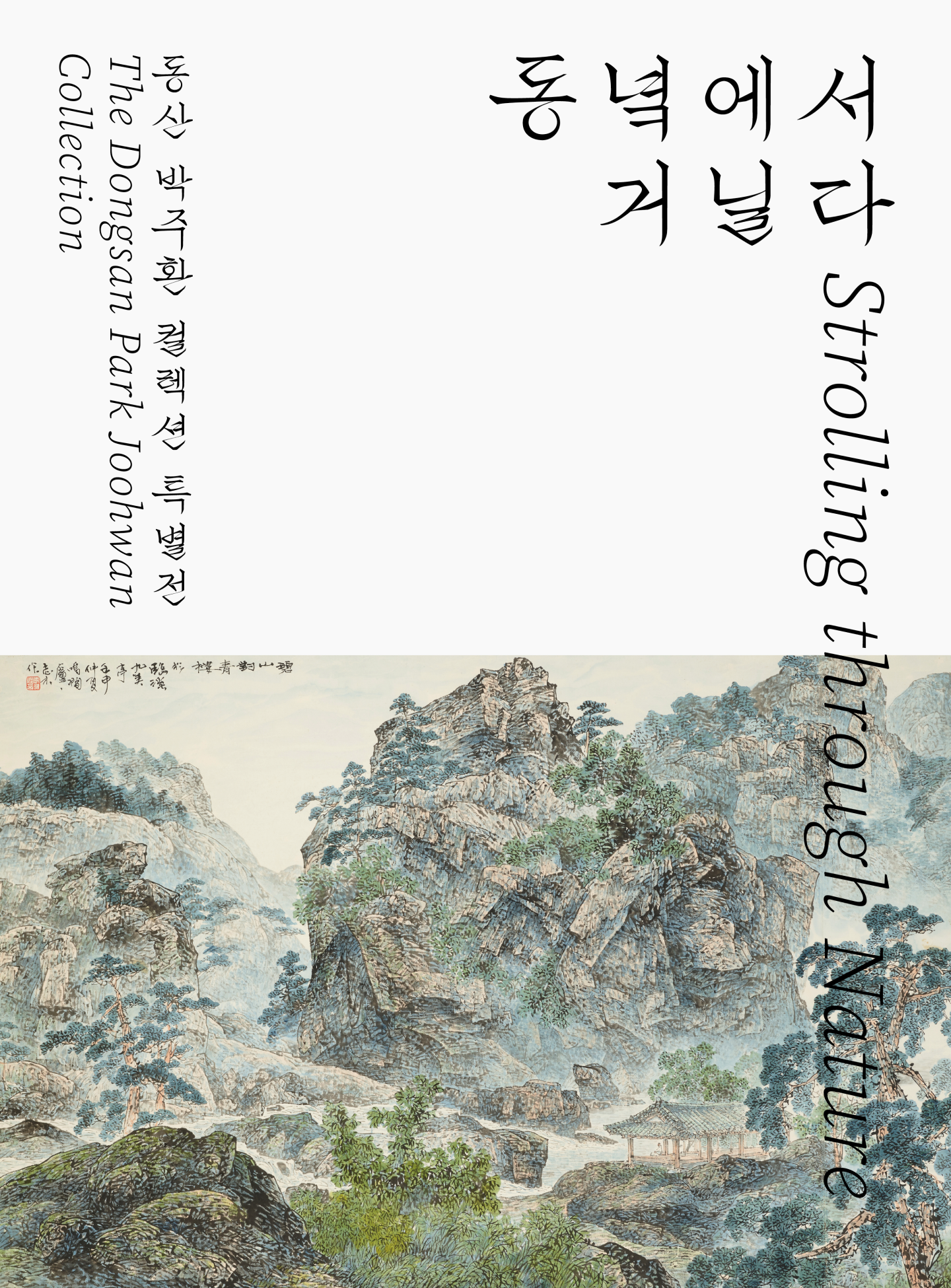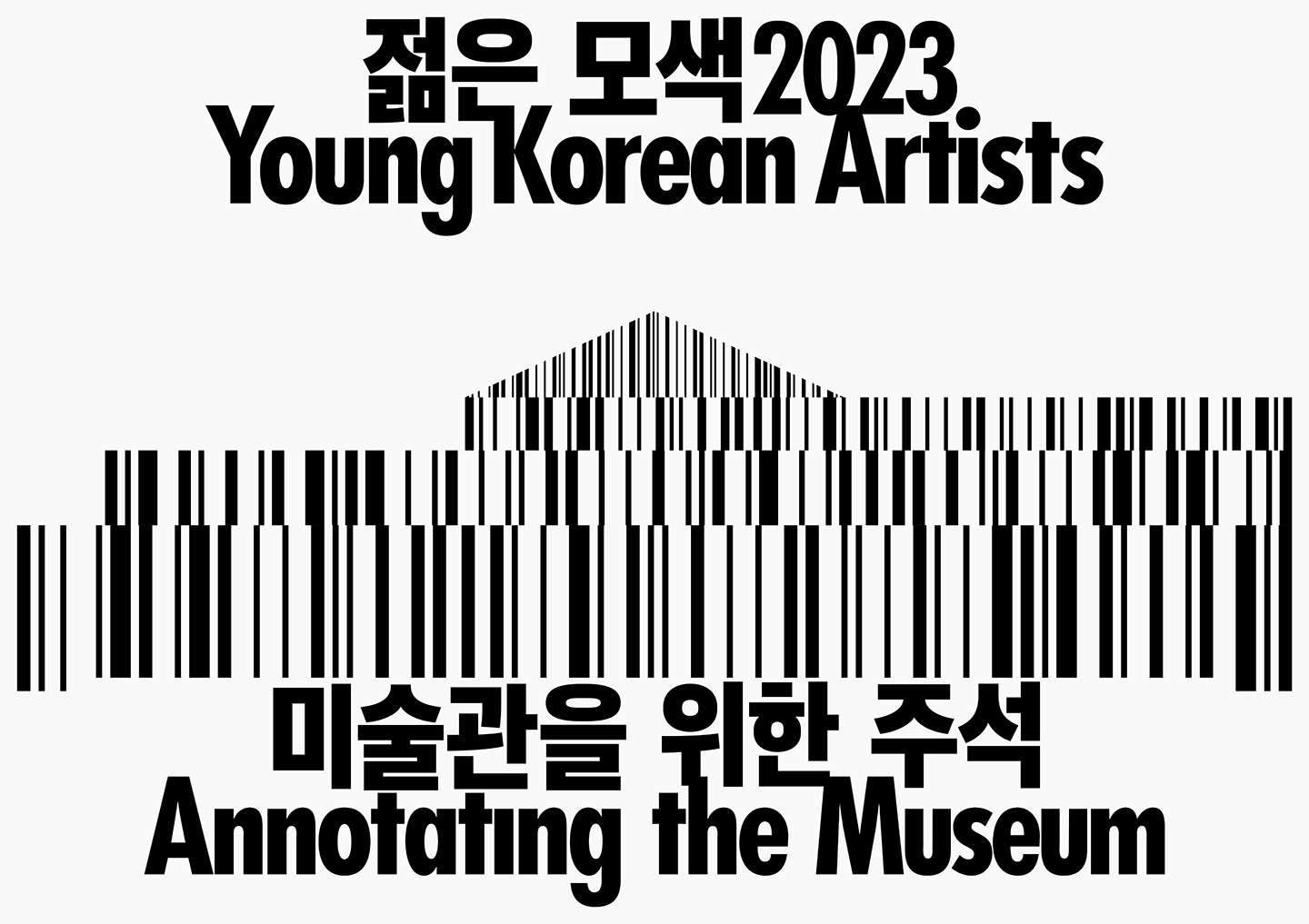November 16, 2023–May 19, 2024
Gwancheon-si
Gyeonggi-do
South Korea
Geometric Abstraction first appeared in Korea in the 1920s and 1930s and was materialized in different forms at every major juncture in Korean art history. It spread so widely from the late 1960s through the mid-1970s that these years are considered Korea’s Geometric Abstraction period. However, Geometric Abstract art has been considered a form of modern abstraction that lacks a connection to Korean culture, and as somewhat peripheral compared to other abstract art trends like Informel or Monochrome painting (Dansaekhwa).
Geometric Abstraction in Korean Art is organized to trace the history of this style in Korea, particularly from the 1920s through the 1970s. The exhibition consists of five sections. The first section features abstract artworks and designs from the 1920s and 1930s. The second section presents works by the Sinjohyeongpa who dreamed of becoming a Korean Bauhaus in the 1950s. The third section focuses on Geometric Abstract art themed on the nature and traditions of Korea under the title “Geometry of Mountains, the Moon, and Minds”. The fourth section introduces diverse Geometric Abstract works that emerged in the 1960s and 1970s, based on three specific themes: “Geometric Abstraction as Youthful Art”, “Trigonometric Diagram of Art, Architecture, and Design”, and “A Bird’s-eye View of the Space Age”. Finally, fifth section features Rhombus-Kaleidoscope by DownLeit&Osisun, The artwork focuses on the repetitive patterns of triangles and rhombuses observed in the works exhibited in Geometric Abstraction in Korean Art and interprets them through a digital kaleidoscope.
The exhibition is designed to highlight the interfaces within Geometric Abstraction by related fields such as architecture and design beyond the realm of the fine arts and the role Geometric Abstraction played in expanding the scope of Korean art in connection with the changes taking place in the Korean society of the time. Abstract art is often thought of as something unrelated to the outside world or society, but it is in fact very much a product of the times in which it emerged. Geometric Abstraction in South Korea is similarly closely interwoven with the social and historical situation of the era in which it was created. It is hoped that this exhibition will offer an interesting exploration of the social and historical circumstances of South Korea at the time through Geometric Abstract art and reveal the significance and uniqueness of the Korean experience with the movement.
